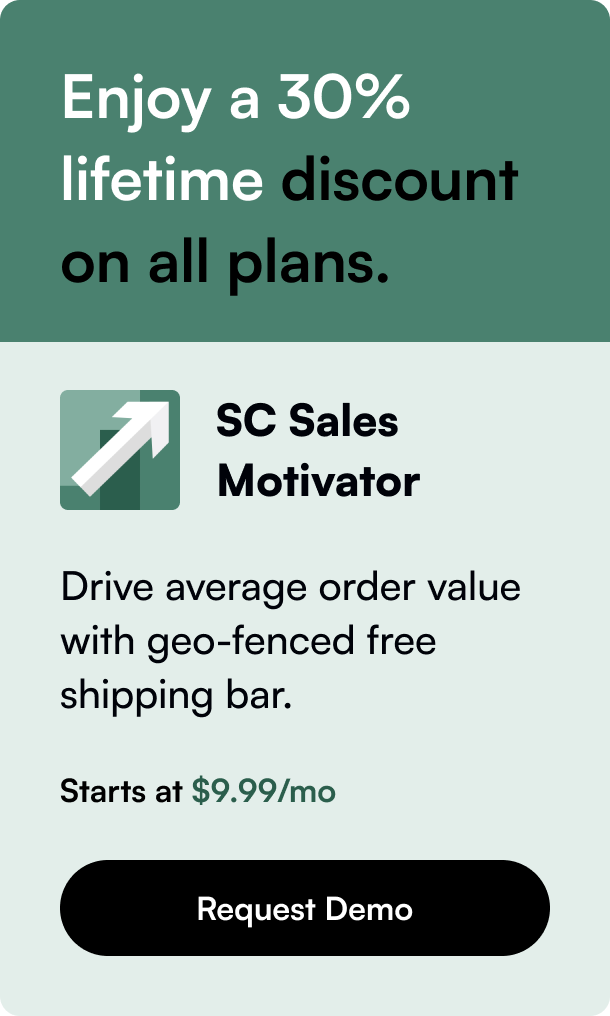Table of Contents
- Introduction
- The Nitty-Gritty of Shopify Fees
- Decoding Shopify's Pricing Plans
- Special Offers and Trials
- Conclusion
Introduction
Are you launching an online store on Shopify and wondering about the costs involved? Understanding how Shopify's fee structure works is essential for managing your business finances and maximizing your profits. In this blog post, we'll delve into the details of whether Shopify takes a percentage of your sales and how this might affect your overall revenue. Gear up, as we also explore the various Shopify plans and how to choose the most cost-effective option for your ecommerce venture.
The Nitty-Gritty of Shopify Fees
Before we dive into the specifics, let's establish that Shopify does indeed take a slice of your pie - but this doesn't have to be a deal-breaker. When a customer makes a purchase from your store, Shopify deducts certain fees which generally fall into two categories: transaction fees and payment processing fees. These fees vary based on the Shopify plan you choose and the payment method used by your customer.
Understanding Transaction Fees
A transaction fee is essentially Shopify's cut for providing you with a platform to sell your products. However, you can completely sidestep these fees by using Shopify Payments, Shopify's own payment processor. If you opt for third-party payment gateways like PayPal or Stripe, Shopify charges an additional transaction fee, which is a percentage of the sale amount, although this fee decreases as you move up through higher-tier plans.
Payment Processing Fees: An Overview
For every payment made through Shopify using a credit card, there's a payment processing fee that covers the cost of handling the transaction. This fee is a combination of a percentage of the total sale and a fixed amount, typically a few cents. For in-person sales via Shopify's POS system, the percentage is slightly lower and does not include the fixed amount.
International Payments and Additional Costs
If you're selling globally and accept international credit cards or AMEX, be prepared for slightly higher processing fees. Additionally, fees may apply for currency conversions, so keep this in mind when setting prices for an international market.
Decoding Shopify's Pricing Plans
Shopify caters to businesses of all sizes by offering different plans, each with its own set of features and associated fees. Here's a quick rundown of what each plan entails:
Shopify's Starter Plan
A low-cost option perfect for small vendors who sell mainly through social media or messaging apps. While this plan provides basic ecommerce functionality, it may not suit those looking to build a full-blown online shop.
Basic Shopify Plan
Ideal for new businesses or merchants transitioning online, the Basic plan offers all the essential features needed to run an online store, such as a website, blog, and the capacity to list unlimited products.
Shopify Plan
Targeting growing businesses, this mid-tier option includes all the benefits of the Basic plan along with additional features like professional reports and the ability to recover abandoned carts.
Advanced Shopify Plan
For larger businesses scaling up their operations, the Advanced plan reduces payment processing rates and offers advanced analytics and reporting features to analyze and grow your ecommerce business.
Shopify Plus Plan
Positioned as an enterprise-level solution, Shopify Plus provides extensive tailoring and support for high-volume merchants looking for unparalleled functionality.
Special Offers and Trials
Keep an eye out for Shopify's promotions, such as reduced costs for new users or short-term discounted rates, allowing you to try their services at a lowered price and decide which plan suits your business best.
Tips for Selecting the Right Plan
- Begin Small: Start with the Basic or Shopify plan and upgrade as your business grows.
- Assess Your Needs: Match the plan features with your business requirements, not forgetting to take into account the transaction and payment processing fees.
- Consider Long-Term Goals: Think ahead to how your choice might impact future scaling and international sales.
Conclusion
As with any seasoned ecommerce platform, Shopify does take a percentage of sales, but armed with the right knowledge of their fee structure, you can make informed decisions to keep costs to a minimum. Understanding the nuances between different Shopify plans helps you to not only anticipate costs but strategically plan for profit preservation and growth.
Engage and Reflect
Do you feel ready to navigate Shopify's fee system effectively? Could this insight change how you structure your prices or choose your plan? Weigh these thoughts as you plot the financial trajectory of your online store.
FAQ Section
Does Shopify take a cut of all online sales? Yes, Shopify charges transaction fees for sales if you don't use Shopify Payments and payment processing fees for using their checkout system.
Can I use Shopify for free? No, after a free trial period, Shopify requires you to choose a paid subscription plan to continue using their services.
When should I consider Shopify Plus? Shopify Plus comes into play when your business is dealing with high-volume sales or requires more complex solutions than what's offered by Shopify's standard plans.
How and when do merchants receive Shopify payouts? Shopify payments are typically disbursed to a merchant’s bank account on a predefined schedule, which may be set to daily, weekly, or monthly, based on the merchant's preferences.
What are the main benefits of using Shopify? Key advantages include an all-in-one commerce platform with various tools, from creating to managing an eCommerce store, integrated payment processes, and comprehensive support.
Thinking of starting your sales adventure with Shopify? Discuss your choice with a fellow merchant or leave your thoughts below. Remember that your decision could pave the way to ecommerce success.








